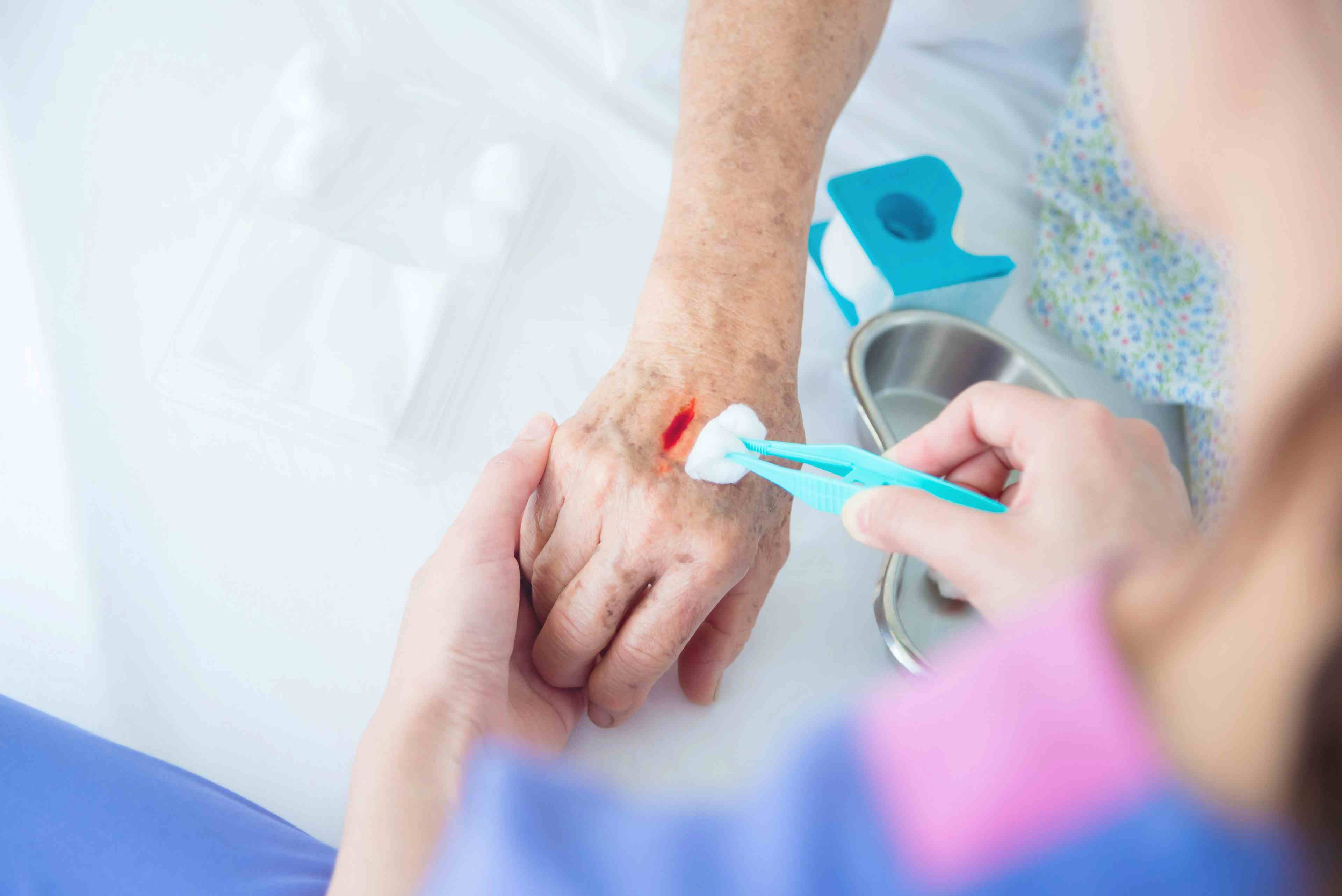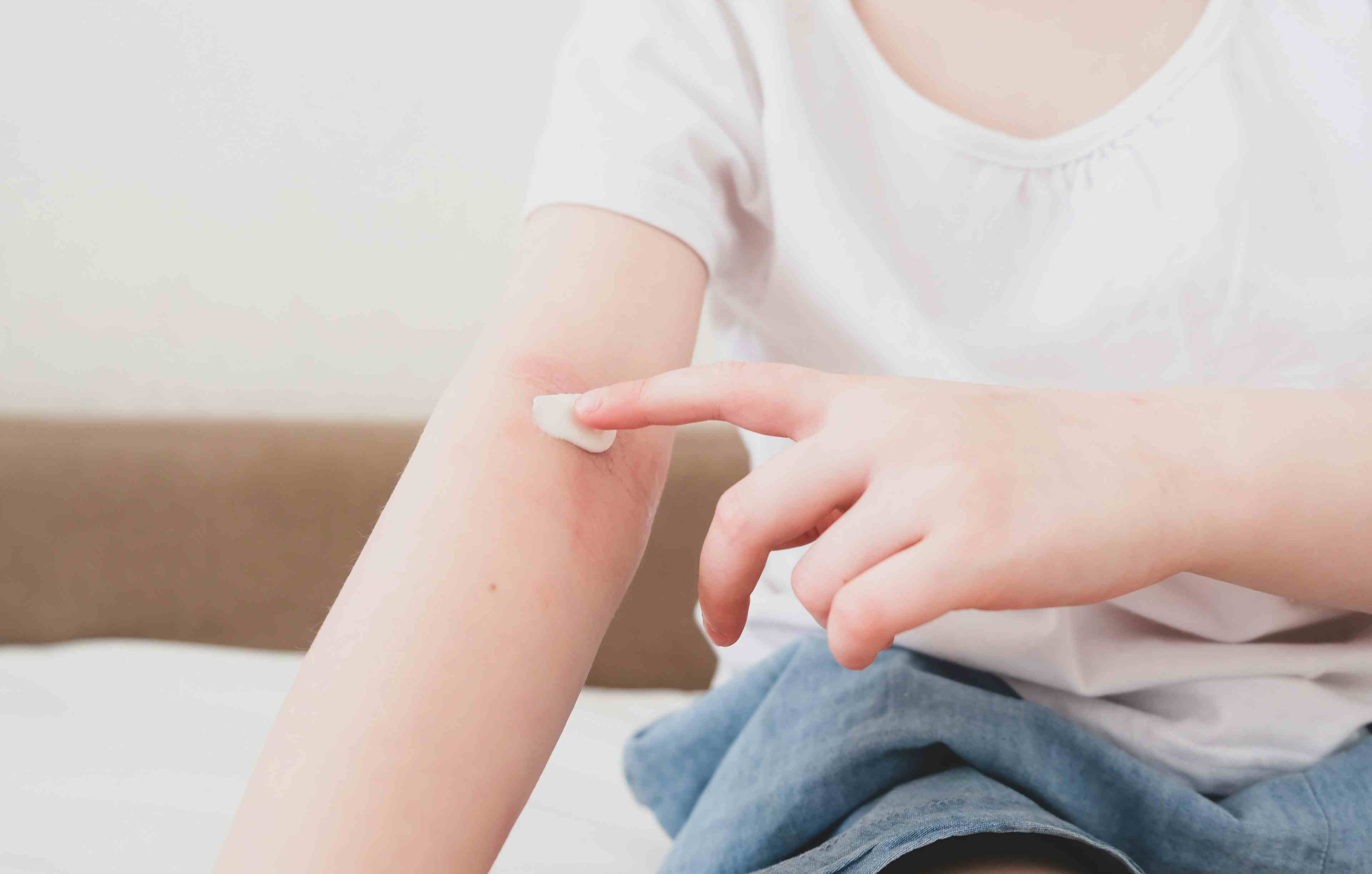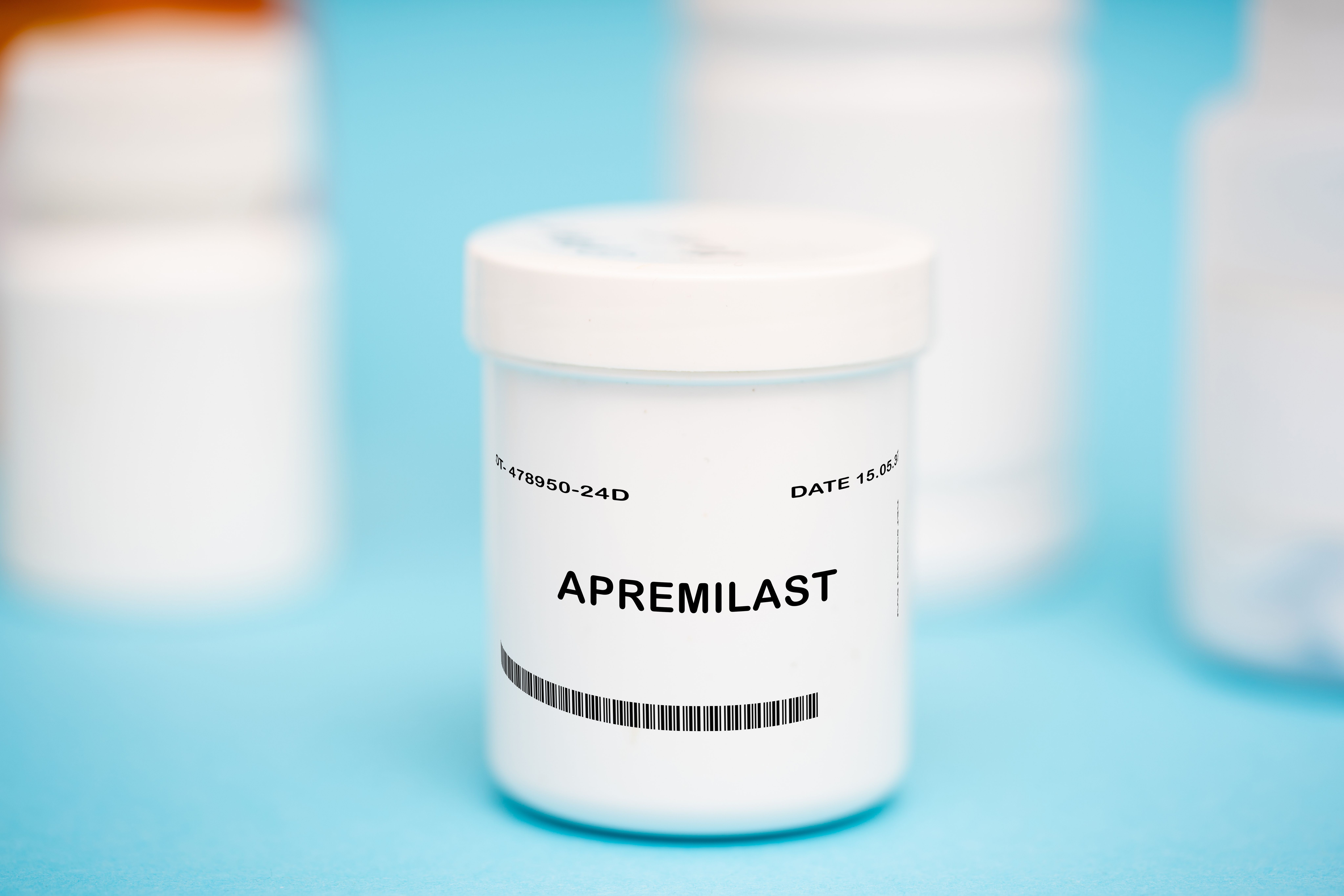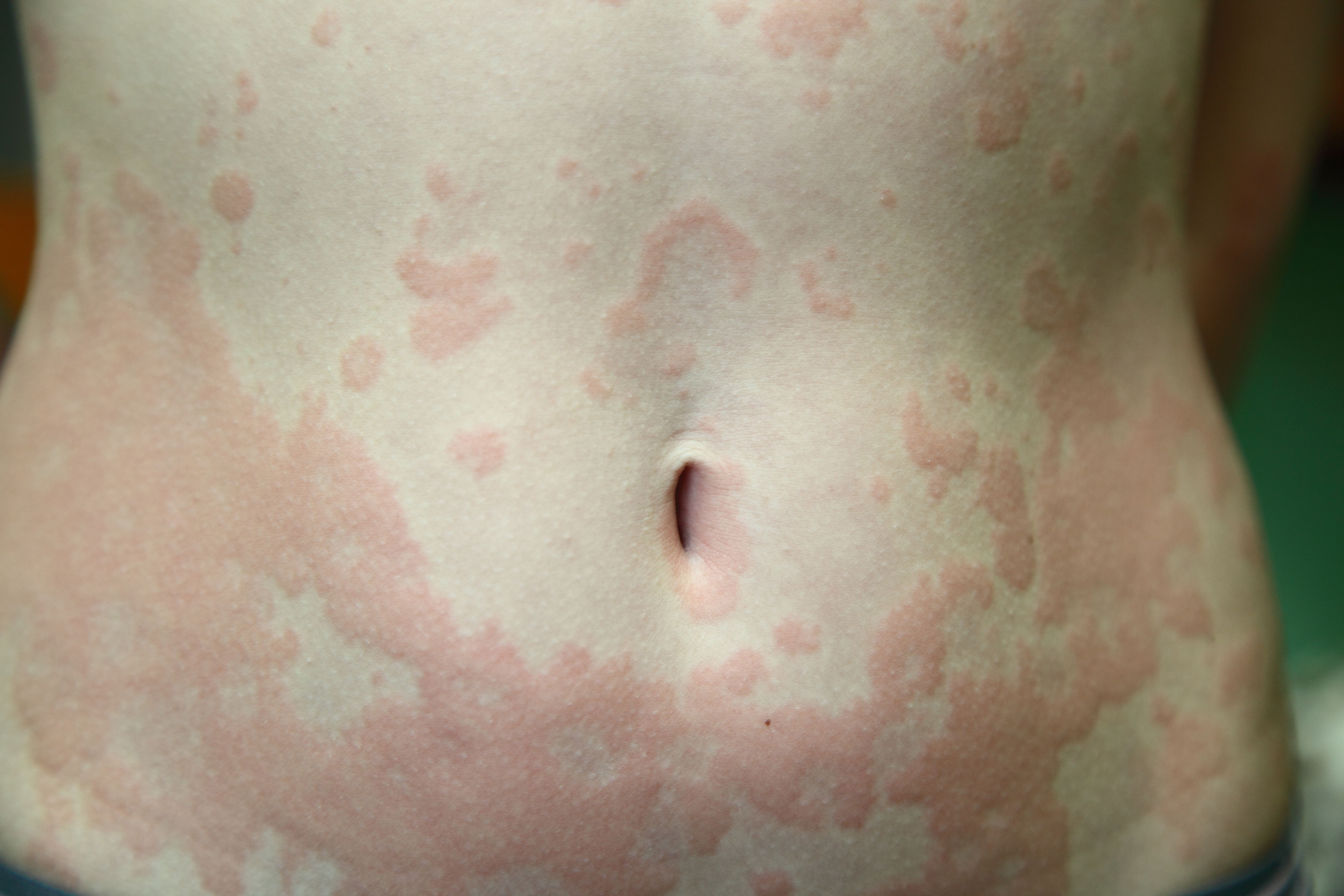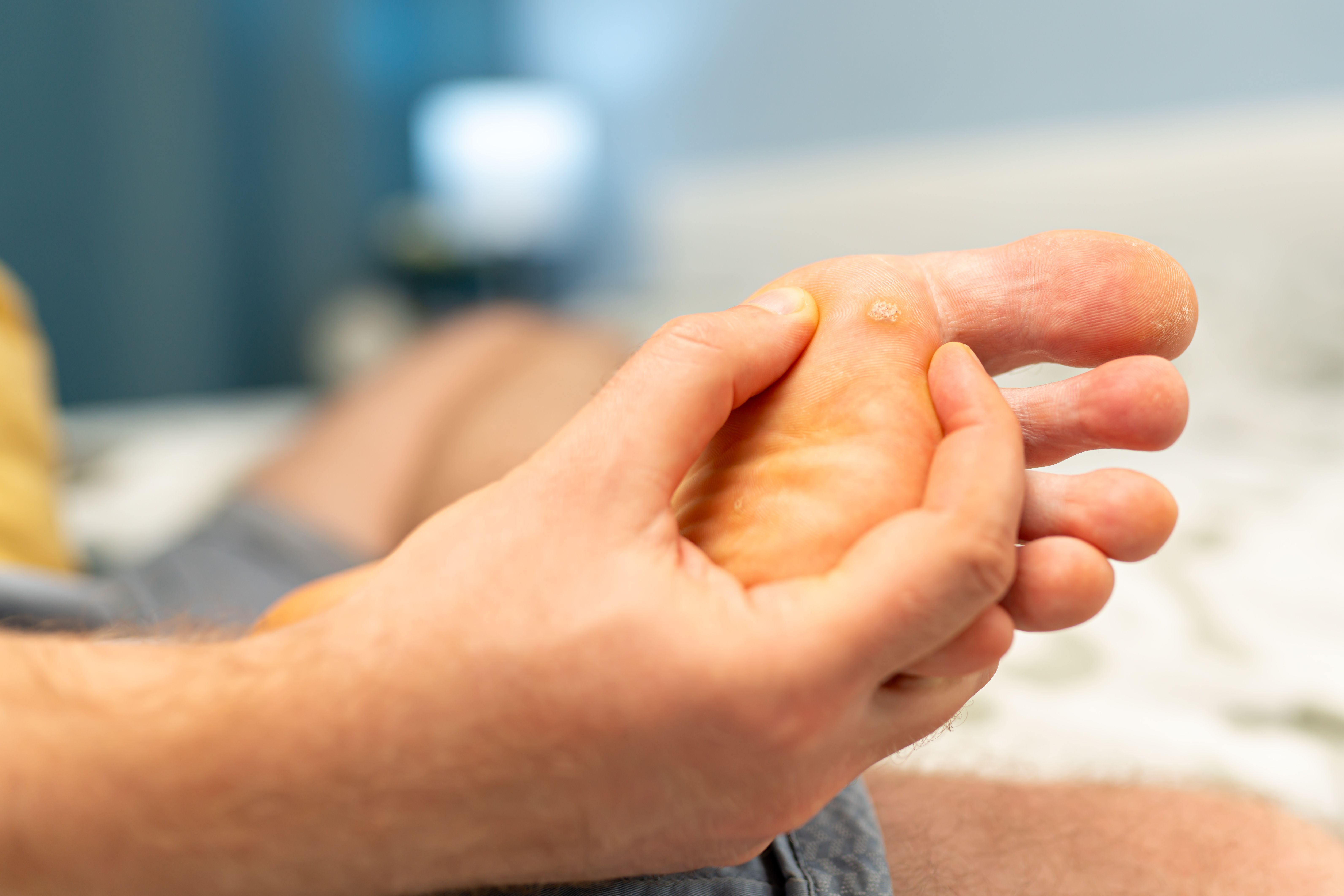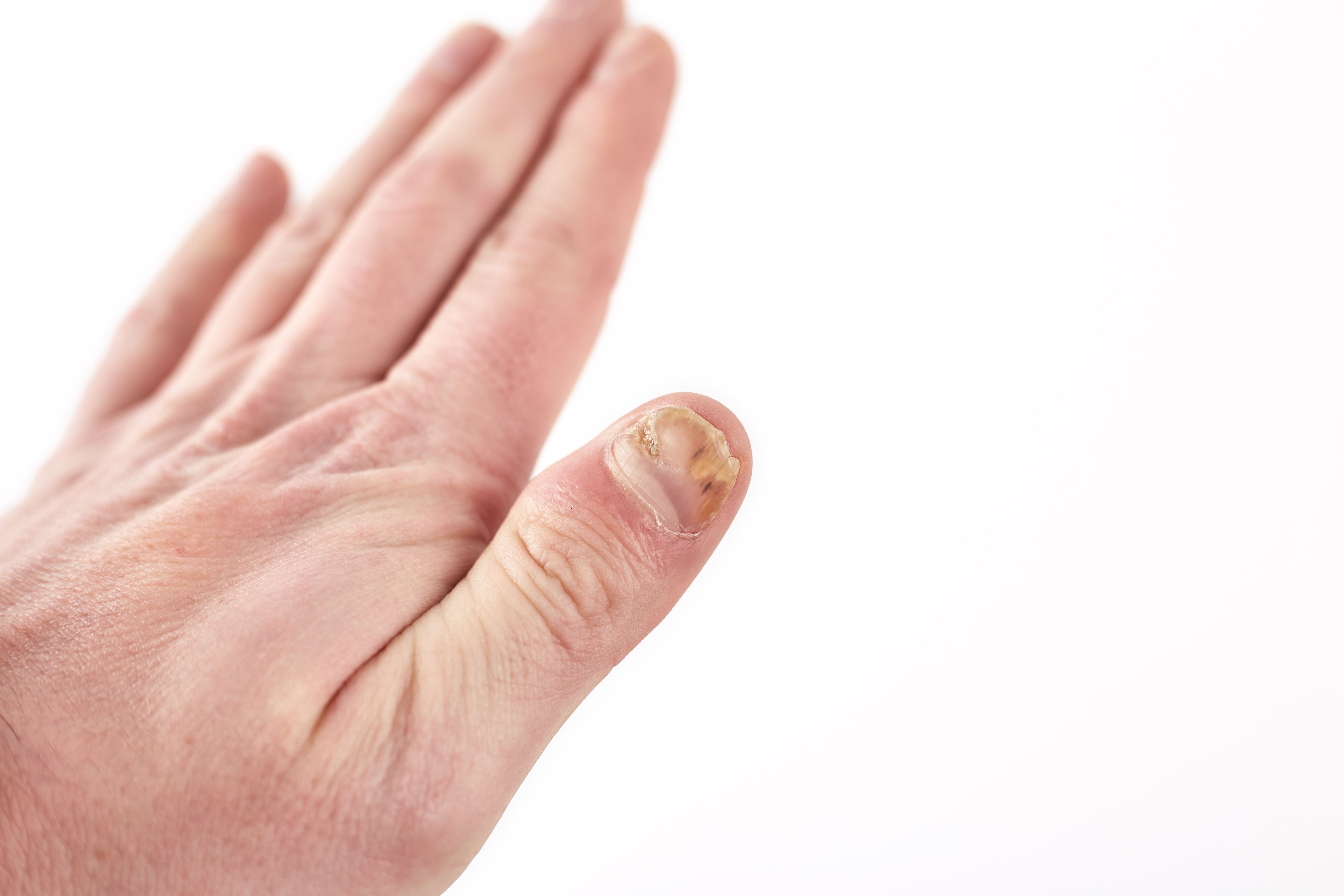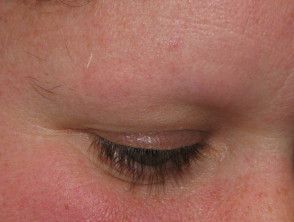- Acne
- Actinic Keratosis
- Aesthetics
- Alopecia
- Atopic Dermatitis
- Buy-and-Bill
- COVID-19
- Case-Based Roundtable
- Chronic Hand Eczema
- Chronic Spontaneous Urticaria
- Drug Watch
- Eczema
- General Dermatology
- Hidradenitis Suppurativa
- Melasma
- NP and PA
- Pediatric Dermatology
- Pigmentary Disorders
- Practice Management
- Precision Medicine and Biologics
- Prurigo Nodularis
- Psoriasis
- Psoriatic Arthritis
- Rare Disease
- Rosacea
- Skin Cancer
- Vitiligo
- Wound Care
Article
Highlights From Lecture on Port Wine Stains at Maui Derm Hawaii
Author(s):
At the Maui Derm Hawaii 2023 conference, Ilona Frieden, MD, has the honor of presenting the Alan Shalita Memorial Lecture. She talked to Dermatology Times® about her presentation, "Nevus Flammeus, Port-wine stains, Capillary malformations and beyond: A 30+ year journey". During this lecture, Frieden reviews her experiences treating port-wine birthmarks, as well as understanding causes, disease associations, and future treatments.
Ilona Frieden, MD, pediatric dermatologist and world-renowned specialist in children's skin diseases, reviews experiences as a “port-wine birthmark expert” from early in her career to the present: The promise of laser, understanding pathogenesis, disease associations, and future treatment.
Transcript
Ilona Frieden, MD:
Hello, my name is Ilona Frieden. I am a pediatric dermatologist at the University of California, San Francisco. And I'm really excited about being part of the Maui Derm this year. It's a meeting that I have participated in for many years. And it's always a great meeting. I have been given the honor of being the Alan Shalita lecturer for 2023. Alan was a very well-known dermatologist who spent his career at State University of New York, downstate in Brooklyn as the longtime chair there, he was a world-renowned expert in acne. And he was just a very kind and benevolent person, but also someone who brought great passionate energy to the field. So this lecture is in his honor. And I feel greatly honored to have been picked this year to give that lecture. What I decided to focus on is something that's very important to me, which is port wine birthmarks, which I have been involved in evaluating and treating for my entire career, and kind of evolution of our understanding of them, and the scientific breakthroughs and what that might lead to in terms of patient therapy. So my talk is really divided into 4 parts, how we historically treated port wine stains, and then the major breakthrough that came in 1989. It happened to be the year that I started my academic career at UCSF. Part 3 of my talk relates to a remarkable revolution that happened in medicine. And that's the advent of next-generation sequencing, which allowed us to begin to unravel the genomics of so many disorders including port wine stain birthmarks. That occurred in the past 2 decades, but mostly starting around 2010. What happened with that was that we had really no idea what caused them, we knew it must be some developmental error that caused this process of the blood vessels not forming correctly. But that was about it. We knew the causes of the vast majority of them, we do know the causes, and that was a real revelation. And then that allowed us to go back and look at our clinical observations that tend to correlate what we've been noticing clinically, and it turned out there were some very good, what we call phenotype genotype correlations, that is the clinical expression and the actual genes that were causing these and the quick version is that virtually all of these birthmarks are caused by genes that are oncogenes genes that, that that in the setting of cancer, promote growth and development of abnormal cells. In a developmental context, the same genes exist in our bodies and when they're mutated, can cause birthmarks. The last part of my talk is really about how do we leverage those clinical and genomic insights to help patients even more than we can help them now. Because we do know now, which we didn't know at the beginning of our experience with laser that most of the time laser is not curative. Of these type of birthmarks, it's helpful. It can cause great improvements to variable degrees. But they're typically not curative, and these birthmarks can come back.
Transcript edited for clarity
Newsletter
Like what you’re reading? Subscribe to Dermatology Times for weekly updates on therapies, innovations, and real-world practice tips.


